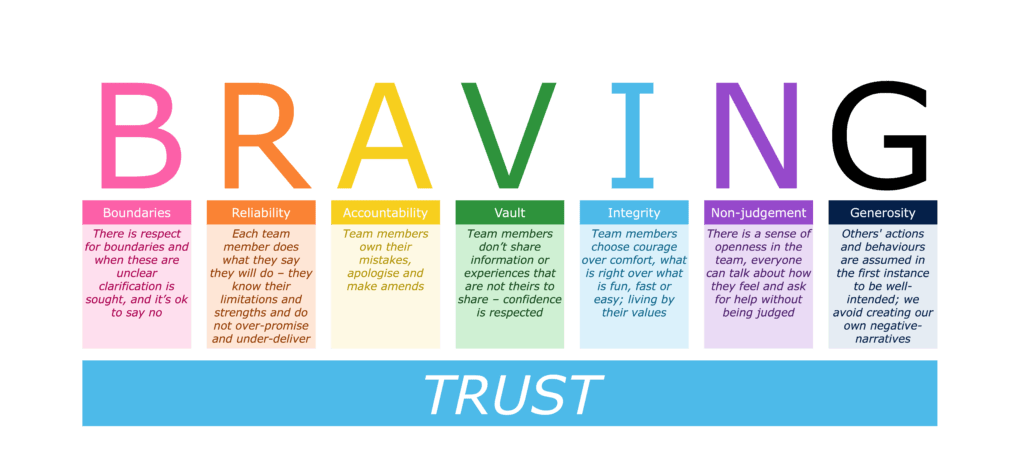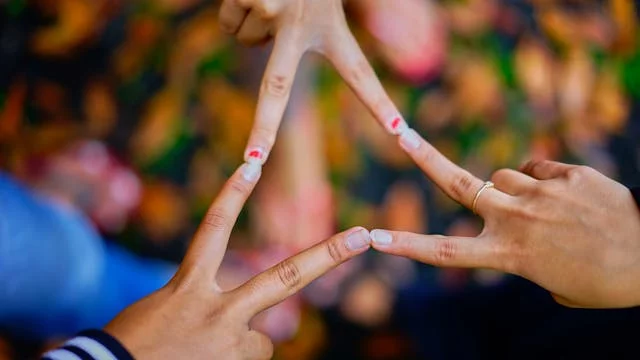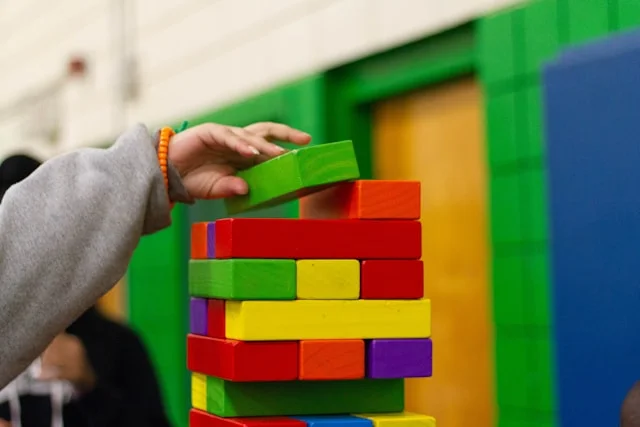Brené Brown uses the term “BRAVING” as a way to remember her seven building blocks of trust: Boundaries, Reliability, Accountability, Vault, Integrity, Non-judgement and Generosity. Summary by The World of Work Project
BRAVING
Brené Brown’s BRAVING model of trust stands for: Boundaries, Reliability, Accountability, Vault, Integrity, Non-judgement and Generosity. Per this model, these are the things we need to manage well, or bring to what we do, in order to be trustworthy and build trusting relationships with others.
It’s worth noting that trust is not a static quality but a dynamic and ongoing process. It’s something that is built and maintained between people through consistent, trust-affirming behaviors.

B – Boundaries
To have tusting relationships, and to build trusting relationships, we need to set and respect boundaries. Trustworthy individuals are clear about what is okay and what is not, and they hold themselves and others accountable to these limits. Establishing boundaries ensures mutual respect and prevents overstepping, which is critical for maintaining trust. It also contributes to certainty and predictability, which reduces the risk of threat.
R – Reliability
Being reliable means doing what you say you will do, repeatedly. Trustworthy people follow through on their commitments, showing that others can depend on them. This reliability fosters a sense of security in relationships.
A – Accountability
Taking responsibility for one’s actions is essential for trust. This includes owning up to mistakes, apologizing, and making amends. Accountability demonstrates integrity and a willingness to maintain trust even when things go wrong. It can also bring some humility and vulnerabiltiy to relationships, as well as an underlying sense of fairness, both of which are important for creating deep connections and trust.
V – Vault
V stands for Vault in this model, and it’s a metaphor for keeping private information private. If someone shares something with you in confidence, then you really do need to keep it in a vault and not share it more widely. This retention of private information builds trust and contributes to mutual respect and safety within relationships.
I – Integrity
Acting with integrity means choosing courage over comfort, choosing what is right over what is fun, fast, or easy, and practicing values rather than simply professing them. Trust is built when actions align with values. Again, this is partly about predictability. We will act in ways I can predict? It’s also about alignment as perople. Are the action you take not only explainable, but do they also align to my values? If so, I’m more likely to trust you.
N – Non-judgment
Creating a non-judgmental space where individuals can express their thoughts and feelings without fear of judgment reduces the risk of threats within relationships. Trust flourishes in environments where people feel safe to be vulnerable. I want to be able to share who I really am, and will only do this if I feel you’ll value me regardless of what I share, in a non-judgmental way.
G – Generosity
Extending the most generous interpretation to the intentions, words, and actions of others helps maintain trust. This means assuming the best about others and giving them the benefit of the doubt rather than jumping to negative conclusions. This can be thought of as “grabbing life by the smooth handle”. The more we look for the best in others, the better we’ll behave around them and the better they’ll feel around us, growing the trust between us.
Learning More
Trust is a hugely important factor that affects our experiences in the world of work.
There are several different models that can help us think about trust including the Trust Equation and the ABCDs of Trust. While these models differ, there are lots of similarities between different models of trust.
Absence of trust is also one of Lencioni’s Five disfunctions of a Team, and trust creation is a key part of team formation in a few models including Tuckman’s forming, storming, norming and performing model and Cog’s Ladder.
Trust is also relevant for psychological safety, and a few other key areas to do with our interpersonal relationships.
As an interesting aside, the greater someone’s dispositional tendancy to trust is, the higher their wellbeing tends to be as well.
You might enjoy our podcast on social threats and trust:
The World of Work Project View
We like the BRAVING model. It brings a bit more nuance and specific actionable learning points, as well as a bit more of an evidence base than some of the other models we use in our work.
That said, it’s also a bit chunky and clunky to use at time as it has so much going on within it, so we’ll often use a simpler model when we’re first working with individuals or teams. We think there isn’t too much lost in using a simple model as actually, many of the models overlap a lot anyway.
How We Help Organizations
We provide leadership development programmes and consulting services to clients around the world to help them become high performing organizations that are great places to work. We receive great feedback, build meaningful and lasting relationships and provide reduced cost services where price is a barrier.
Learning more about who we are and what we do it easy: To hear from us, please join our mailing list. To ask about how we can help you or your organization, please contact us. To explore topics we care about, listen to our podcast. To attend a free seminar, please check out our eventbrite page.
We’re also considering creating a community for people interested in improving the world of work. If you’d like to be part of it, please contact us.
Sources and Feedback
Brown, B. (2015). Rising Strong: How the Ability to Reset Transforms the Way We Live, Love, Parent, and Lead. Spiegel & Grau. Also – she has some youtube videos on this model too
We’re a small organization who know we make mistakes and want to improve them. Please contact us with any feedback you have on this post. We’ll usually reply within 72 hours.






